NFT
VESA Podcast Ep.I – David Orban

Today we’re taking a look at an important first. It is the start of the VESA Podcast, and as the first guest, we meet David Orban, who was generous with his time to record this conversation. A previous iteration of a podcast was already started in 2017, with some notable guests like Charlie Lee, but now the time was right for a rebrand and a jump up to speed on connecting with people in the scene.
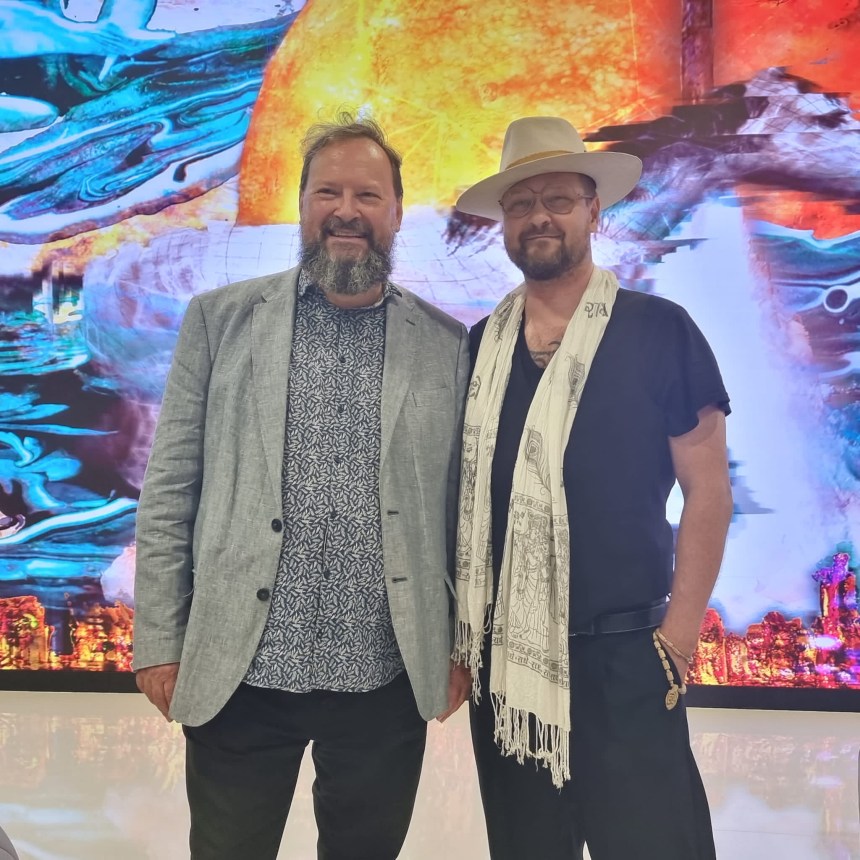 It was also a blessing in disguise that the zoom recording of this podcast was recorded on zoom, and VESA erroneously remembered that the recording quality is HD, which it wasn’t. Luckily the upscaling of the 360p video with AI came to make it a crisp 4K, even if the titles of the books are washed out.
It was also a blessing in disguise that the zoom recording of this podcast was recorded on zoom, and VESA erroneously remembered that the recording quality is HD, which it wasn’t. Luckily the upscaling of the 360p video with AI came to make it a crisp 4K, even if the titles of the books are washed out.
New Podcast
David is an investor, entrepreneur, author, keynote speaker, and thought leader of the global technology landscape. His entrepreneurial accomplishments span several companies founded and grown over more than twenty years. VESA and David first met in Dubai during VESA’s exhibition at the Dubai Mall. Their initial conversation spanned over many in depth topics, touching on the ever changing technology space, entrepreneurship, AI and ethics, and what the future holds for the scene itself. This is an interpretative summary of David’s appearance on the VESA Podcast recently and what that conversation looked like.
To listen to the entire episode on the VESA Podcast on You Tube, click here:
Listen on Spotify
Listen on Youtube
David joins the podcast from his home in Northern Italy, where he feels comfortable surrounded by his impressive library of books and high quality Italian food.
As a starting point, VESA dove into David’s view on his inner science, as he knew based on their previous conversation that David had completed a Vipassana, or a silent retreat. Complete silence with no technology, or any kind of entertainment or study material might seem counterintuitive for a technologist, but David credited the retreat as hugely impactful and positive.
– It is actually not easy, David says.
He describes the amount of discipline it requires to completely withdraw to a world without electronics, books, newspapers or even eye contact with other people. The discipline was self-administered, understanding the benefits of the practice.
He adds that the recommendation is to meditate one to two hours a day after completing the retreat, but that he hasn’t applied this yet to his daily routine.
The conversation then turns to the opposite end of the spectrum, a world of total electronic or machine integration. How far down the pike are we? Will we even realize, when the chip is installed, or has it indeed already been installed years ago due to our association with technology?

David offers that everything we experience can be dissected on the objective-subjective axis, and further by taking into consideration time and place. What is a subjective experience with little to no relevance to others, versus timeless truths will depend greatly on how the information is curated and presented. Technology as we know it is deeply entwined with the time and place aspect. Technology socializes us and points us in the direction of necessary skills and behaviours. This influence has to be modulated, he states.
MMA of Religion
VESA then wants to present an idea to David that he has been developing in his mind for a little while. The concept pertains to the evolution of religion and what the next step could look like in what could arguably be called a post-Christian world. He suggests that there could emerge an amalgam of religions that takes traditions from different faiths, an MMA (Mixed Martial Arts) of religion, as he calls it.
– I recommend people be immodest, but humble, David starts as he describes a person capable of connecting the dots across different fields and from various sources of authority.
– Many are uncomfortable in accepting revealed religions as the answer to essential questions, but as I saw after the collapse of the Berlin wall, people have a need for religious experiences and I respect that, so I feel an evolution to bridge that gap might very well be underway.
 In many ways you have to regress 200 years in order to resonate with the current church paradigm of wooden long benches and hymns.
In many ways you have to regress 200 years in order to resonate with the current church paradigm of wooden long benches and hymns.
VESA notes that a similar ‘religious’ belief surfacing from different fields is the idea that we live in a simulation. This, he says, brings about an attitude which paired with rapidly evolving AI might lead to a pathologically Godless society, lacking spiritual nourishment and transcendence.
The perplexing phenomenon of our time is that at the same time we have the most advanced non-biological technology and the demand to return to being the centre of the universe, so to speak.
Do we live in a simulation?
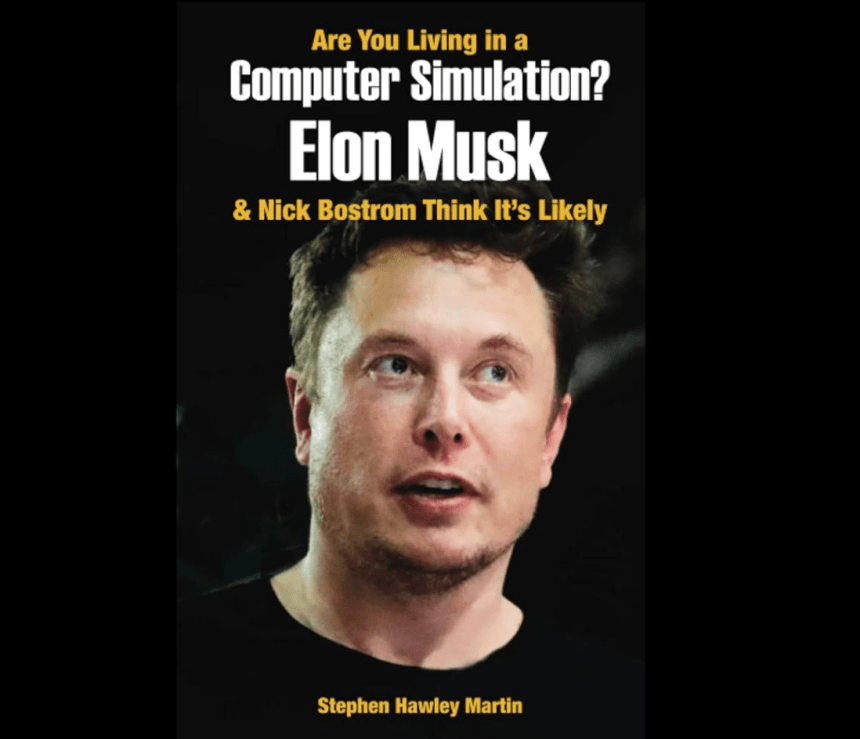
Inspired by his revelations with his new AI Series Juxtaposers, VESA presents an idea that in the current cultural context of left vs right, what seems to be missing is differentiation between establishment and anti-establishment, and how some times these labels can flip on their heads simply because of provoking thought, as in the case of Russel Brandt, who is now seen as a right-wing person simply because he has vocalized anti-establishment views. This axiom is at the heart of the Juxtaposers- series, which includes polarizing figures like Andrew Tate, Ben Shapiro, AOC and more.
– If you think about it, the Amish are more anti-establishment than most, it’s just a low dopamine ride, he explains as to why he wanted to draw parallels between Andrew Tate as an Amish apple picker.
As a segway to another cultural context, VESA tells that he had mixed feelings about a video he viewed with Sam Altman and Android Jones discussing AI. To him, Android’s very name and his fervent opposition to AI was in stark contrast.
– In times gone past, we used to organize ourselves in guilds as a way to control who has the right to express certain trades. Now, perhaps for the first time, we have the opportunity to open the arts for everyone, David says.
– The current situation is a dam about to burst. The label ‘artist’ is open to everyone and we will devise new metrics of value as a result, he explains.
Listen on Youtube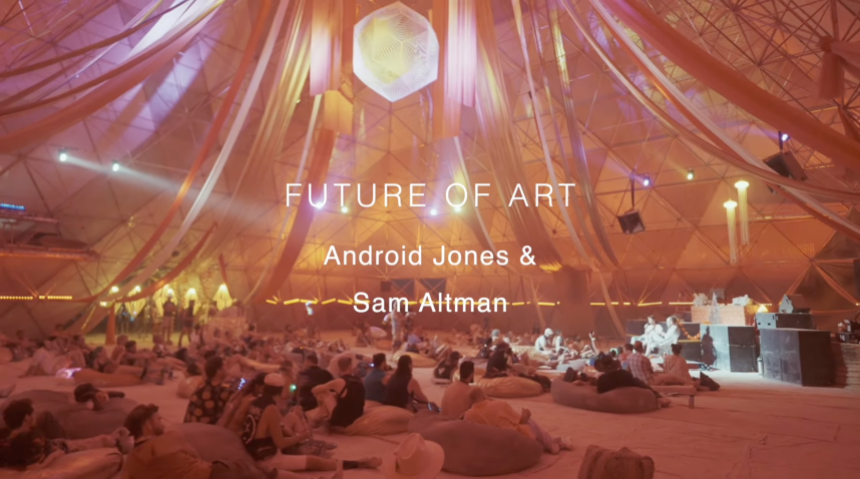 VESA gives an example of him commissioning a rap song via AI that was purely produced as a soundtrack for him painting in his studio, and how not even the most indulgent king would have dreamed of doing something like that before.
VESA gives an example of him commissioning a rap song via AI that was purely produced as a soundtrack for him painting in his studio, and how not even the most indulgent king would have dreamed of doing something like that before.
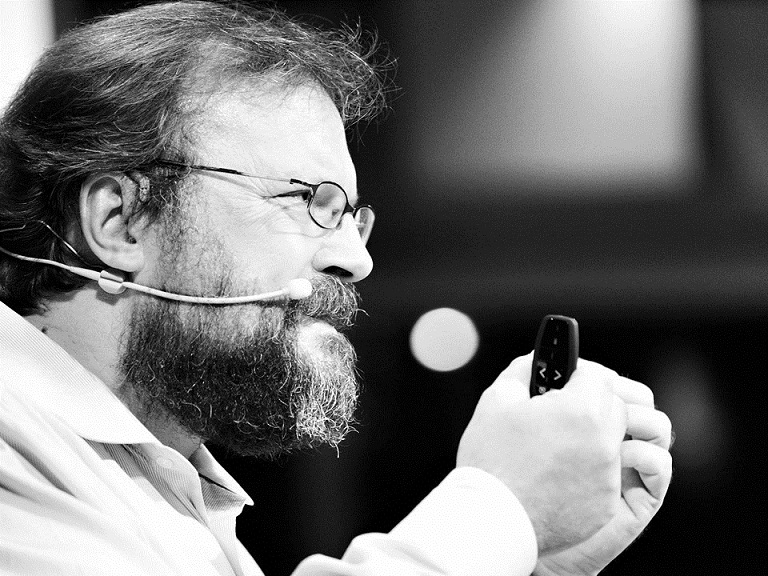
Actioneer
Next, VESA wants to learn more about David’s company Actioneer. He offers himself up as an example of someone who is masterful at their craft and quite observant, but hesitates in fulfilling a role of a CEO or a COO in a company setting, which modern day artists need to consider. What can a company like Actioneer do for artists and others who find themselves in a similar position?
– The world is so complex that we need all the help we can get. AI can help us decode our questions better than ever before, as we look into a paradigm where the old system of educating, gaining a job, working and dying is being challenged, David says.
– The spearhead of this are the founders of startups, and the entrepreneurial spirit is what Actioneer supports. To a select few this has been available for a while through incubators and mentorships, and Actioneer can democratize this help and make it very abundant, he explains.
– We believe that the world will be as saturated with tools like Actioneer, as it is presently with access to the Internet, because they are such an integral part of our modern lives, he says.
VESA sums up the necessity of these tools by noting that if you don’t become an entrepreneur as an artist, you won’t be an artist for long.
To follow David Orban’s message, you can find him at:
David Orban Dot Com
All socials etc
______
Until next time,
VESA & Lotta
Crypto & NFT Artist
All links to physical, NFTs, and more below
http://linktr.ee/ArtByVesa
NFT
Pudgy Penguins Linked Abstract Chain Goes Live On Mainnet

In an astounding development, Abstract Chain, an Ethereum Layer-2 network launched by Pudgy Penguins’ parent company, Igloo Inc., has gone live on the mainnet. Reportedly, the Ethereum-based Layer 2 blockchain is designed to empower crypto communities and facilitate user-centric Web3 applications.
Despite Abstract Chain’s mainnet launch, Pudgy Penguins’ PENGU token has seen a massive decline. While the token’s descent aligns with the broader market trend, the community remains anxious about its further movements.
Igloo’s Abstract Chain Sees Mainnet Launch
Abstract Chain is now live on the mainnet, opening it up to the public for usage. According to a press release, Abstract Chain is now available for consumers, with the mission of driving mass crypto adoption. Developed by Igloo Inc., the parent company of the popular NFT collection, Pudgy Penguins, Abstract Chain focuses on providing a user-friendly experience.
On January 26, Pudgy Penguins CEO Luca Netz shared an X post announcing Abstract Chain’s mainnet launch. Netz proclaimed that the launch would take place on January 27, effective today.
MONDAY MAINNET ✳️🐧 https://t.co/Cp5naJdoB4
— Luca Netz 🐧✳️ (@LucaNetz) January 25, 2025
Commenting on the launch of Abstract, Netz stated,
The launch of Abstract is more than just a technical milestone—it’s a shift in how everyday users – and not just crypto natives – experience blockchain. We’ve built Abstract to strip away the complexities of crypto, offering an intuitive and enjoyable experience that empowers users to explore and create effortlessly.
Igloo Introduces the Consumer Blockchain Platform- The Portal
Meanwhile, the Abstract Blockchain unveiled The Portal, which the L2 network describes as the consumer blockchain platform. In a more intriguing description, the blockchain network calls The Portal a “Digital Theme Park of Fun” that revolutionizes the way billions interact with blockchain technology.
The Portal allows users to set up a wallet using just their email address, providing seamless access to a vast ecosystem featuring over 100 community-driven decentralized applications (dApps). The platform aligns with Abstract’s vision of merging the simplicity of Web2 with the transformative potential of Web3.
Abstract Chain’s Zero-Knowledge Rollups
Leveraging ZKsync’s ZK stack, Abstract Chain utilizes zero-knowledge rollups. Reportedly, it provides scalable and cost-effective on-chain solutions with reduced transaction fees.
In response to Abstract’s mainnet launch, ZKsync co-founder Alex Gluchowski cited,
For blockchain to reach the masses, we must abstract away the complexity. Users need to experience better apps, builders need to have more engaged users, and creators need to be rewarded for their efforts – while cutting out unnecessary middlemen. Abstract building for everyone, not just Web3 power-users, is the path to get the next billion onchain.
Pudgy Penguins’ PENGU Token Falls 11%
Echoing the broader market sentiment, Pudgy Penguins’ PENGU token dropped by more than 11% in a day despite Abstract Chain’s mainnet launch. Mainly triggered by China’s DeepSeek AI launch, the crypto market is bleeding today, with Bitcoin slipping below $99k.
As of press time, PENGU is exchanging hands at $0.2282, with a decrease of 4.5% over the last seven days. In a month, the token has seen a massive fall of 37%. However, PENGU’s 24-hour trading volume has seen a hike of 48%, currently at $376 million. PENGU token’s substantial decline follows its last month’s remarkable surge that earned a staggering 14,500x return for an investor. With an initial investment of just $6, the investor made a profit of $87K.
Disclaimer: The presented content may include the personal opinion of the author and is subject to market condition. Do your market research before investing in cryptocurrencies. The author or the publication does not hold any responsibility for your personal financial loss.
NFT
CyberKongz Receives Wells Notice from SEC, Vows to Fight for NFT Clarity

The NFT collection CyberKongz said the Securities and Exchange Commission (SEC) will likely charge it.
In a post on X on Monday, the collection said it received a Wells Notice, a letter from the SEC staff that recommends an enforcement action. It commented that the SEC is trying to pull through its laws before Joe Biden’s administration is over.
CyberKongz: “We Will Not Be Silenced”
In a statement, the NFT collection said it was disappointed with the approach of the SEC and vowed to stand up for and fight for greater clarity in the NFT space.
It also mentioned that the SEC raised concerns about its business with Genesis Kongz in April 2021, describing it as a “contract migration.”
It said:
CyberKongz added it intends to fight for clearer crypto regulation, particularly regarding NFT projects.
Eyeing Trump’s Crypto-Friendly Stance
The NFT collection has been vocal about the current administration, which it claims is anti-crypto in its approach. Just recently, as the US Senate Banking Committee was preparing to vote on SEC Commissioner Caroline Crenshaw’s renomination, lawyer Bill Hughes raised concerns about her stance on cryptocurrency regulation. Hughes argued that her renomination one could see as politically hostile to the crypto industry. This stands in contrast to the increasing support for crypto-friendly policies under the incoming administration.
CyberKongz is optimistic that the new administration will provide a more level playing field with a more just regulatory framework. In the meantime, the team comited to support all NFT projects on every blockchain platform.
In the past year, the SEC has acted against several cases related to NFTs. This includes lawsuits against podcast studio Impact Theory and Stoner Cats 2 LLC over unregistered NFT offerings that raised millions. The commission also doled out a Wells Notice to NFT marketplace OpenSea, signaling potential enforcement action.
It is up to wait and see how this enforcement will unfold in the transition of the commission’s leadership. The current SEC Chairman Gary Gensler announced his departure on January 20, in concert with the inauguration of President-elect Donald Trump. Trump has named former SEC Commissioner Paul Atkins, considered friendlier to the crypto industry, as the head of the SEC.
Disclaimer: The presented content may include the personal opinion of the author and is subject to market condition. Do your market research before investing in cryptocurrencies. The author or the publication does not hold any responsibility for your personal financial loss.
NFT
Unyted + Vesa

Unyted we (meta) stand
Many of the fancy metaverse projects take loooong to build and often require developers and budgets just to stay alive. In fact, one of my favorite ones had the whole company collapse around it in the build phase. I absolutely love what we’ve built with Superworld, for example, and what we’re about to release with Asvoria. Both of these require heavy machinery and rotation to come to life—and to be maintained.
Enter Unyted and my newest spatial Web3 space, which allows me to deliver fluent, up-to-date presentations on what’s happening now while also providing an overview of my entire career. I built it mostly by myself, with some guidance and glitch-fixing help from the team—special thanks to Tijana, Saskia, and Florian. I can update it in minutes to include a new project, presentation, or missing link. It’s freeing and necessary.
Unyted is at the forefront of spatial computing, offering innovative solutions that empower users to create, own, and monetize immersive 3D virtual environments. Their platform is designed to facilitate seamless transitions into the metaverse, providing tools for education, collaboration, and personalized digital experiences.
Link to join the metaverse
Link to join the X spaces.
Join us for a session with Ador, Bitcoin LIVE and others tomorrow 20.00 CET
Starting Thursday, we’ll kick things off with a joint presentation with Ador, and from there, we’ll host regular spaces that people can join visually. X is great for connecting with people, but for an artist, a lot is still missing from the full experience. Let’s see if we can bring these two innovations together in a sensible way.
 Watch the Tijana introduction to Unyted as well as my keynote held some time ago regarding web3, metaverse and creativity.
Watch the Tijana introduction to Unyted as well as my keynote held some time ago regarding web3, metaverse and creativity.
Delivering the Metaverse
They’re just starting out, and sure, sure there are a few glitches, but I’ve already given a couple of presentations that feel like a real departure from the world of Zoom. Nothing is ever perfect and getting going and constantly working on it is what keeps the thing alive.
It’s a step closer to delivering something of real value in the metaverse. People showed up to my first keynote in the space done together, they asked questions and then some were left to wonder around the space to explore it on their own. Promises kept. Those matter, after the last run.

I’ve been friends with Florian Krueger since the early blockchain days in London back in 2018, and we’ve collaborated on several projects. He remains one of my favorite people in the crypto space—always looking out for his people and tirelessly fighting for the ethical side of it. I was happy to hear he was starting a new venture and that I could also be a part of.
If you prefer the (virtual) city life?
Key Features of Unyted:
- Modular Environments: Unyted enables users to design and customize digital spaces, such as virtual homes, offices, or campuses, reflecting their unique vision. These environments can be monetized, allowing creators to generate revenue through their virtual properties.
- EdTech Solutions: The platform offers immersive educational experiences with features like AI-driven personalized learning paths, customizable avatars, and virtual classrooms. These tools aim to enhance student engagement and retention, providing scalable and cost-effective solutions for educational institutions.
- Data Protection and Security: Operating under EU regulations and compliant with GDPR, Unyted ensures top-tier data protection. Users maintain complete control over their personal and institutional data, upholding responsible practices in the metaverse.
- Sustainability Commitment: Unyted is dedicated to sustainability, calculating energy consumption and offsetting carbon emissions for each project. Through Unyted.World, users can stake tokens specifically for carbon offsetting, promoting environmental responsibility within the digital landscape.
In many ways what is important about the metaverse is our ability to pre-visualise the world we would like to live in, and then walk toward that direction.
Founded in 2022 by Gaby K. Slezák and Florian Krueger, Unyted envisions a decentralized, independent metaverse where users have equal access to a secure three-dimensional internet. Their mission is to empower individuals to shape their digital futures, fostering a community where creativity and collaboration thrive.
For those seeking to explore the metaverse, Unyted offers consulting services to guide organizations through VR, AR, blockchain, Web3, and Web4 technologies. Their seasoned team provides strategy insights and design expertise to craft unique digital experiences aligned with organizational visions.
Unyted stands as a visionary force in the evolving digital landscape, pioneering innovation while prioritizing user ownership, open collaboration, data protection, and sustainability.
Ador aka BitSavage will join us for the Monday talk in which we also dwell deeper into DAF – the Department of Artistic Freedom
Asvoria coming up soon!

 I’ll soon travel to Bulgaria to film some content in the Asvoria linked Hotel Satoshi Nakamoto, as well as guide the team on advances in our shiny updated metaverse space.
I’ll soon travel to Bulgaria to film some content in the Asvoria linked Hotel Satoshi Nakamoto, as well as guide the team on advances in our shiny updated metaverse space.
The art cars are also gearing up for their auction in Dubai in January, but more on that later.
See you Dec 5th 20.00 CET:
Link to join the metaverse
Link to join the X spaces.
Much to build,
VESA
Crypto Artist, Speaker, Consultant, Writer
All links to physical, NFTs, and more below

-

 Ethereum23 hours ago
Ethereum23 hours agoEthereum Investors Suffer More Losses Than Bitcoin Amid Ongoing Market Turmoil
-

 Altcoin19 hours ago
Altcoin19 hours agoExpert Predicts Pi Network Price Volatility After Shady Activity On Banxa
-

 Altcoin23 hours ago
Altcoin23 hours agoDogecoin Price Breakout in view as Analyst Predicts $5.6 high
-

 Ethereum16 hours ago
Ethereum16 hours agoEthereum Fee Plunges To 5-Year Low—Is This A Bottom Signal?
-

 Altcoin22 hours ago
Altcoin22 hours agoTron Founder Justin Sun Reveals Plan To HODL Ethereum Despite Price Drop
-

 Market19 hours ago
Market19 hours agoEthereum Price Fights for Momentum—Traders Watch Key Resistance
-

 Market17 hours ago
Market17 hours agoIs XRP’s Low Price Part of Ripple’s Long-Term Growth Strategy?
-

 Market18 hours ago
Market18 hours agoXRP Price Weakens—Further Losses on The Table?

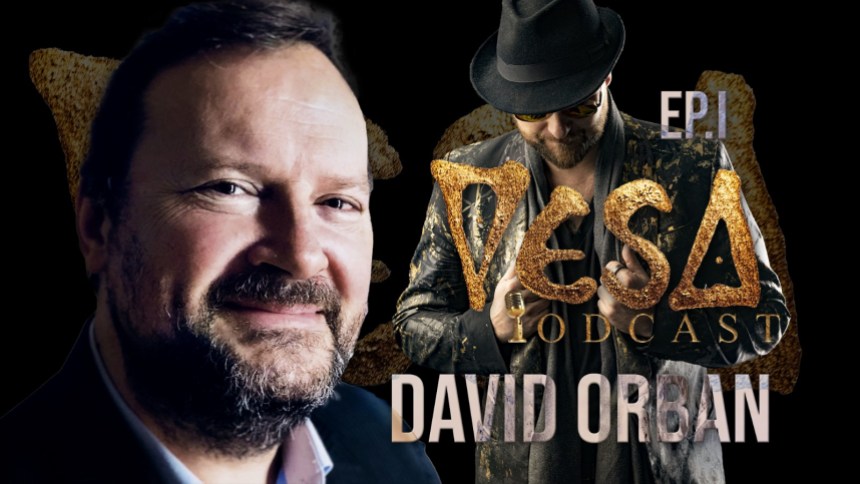
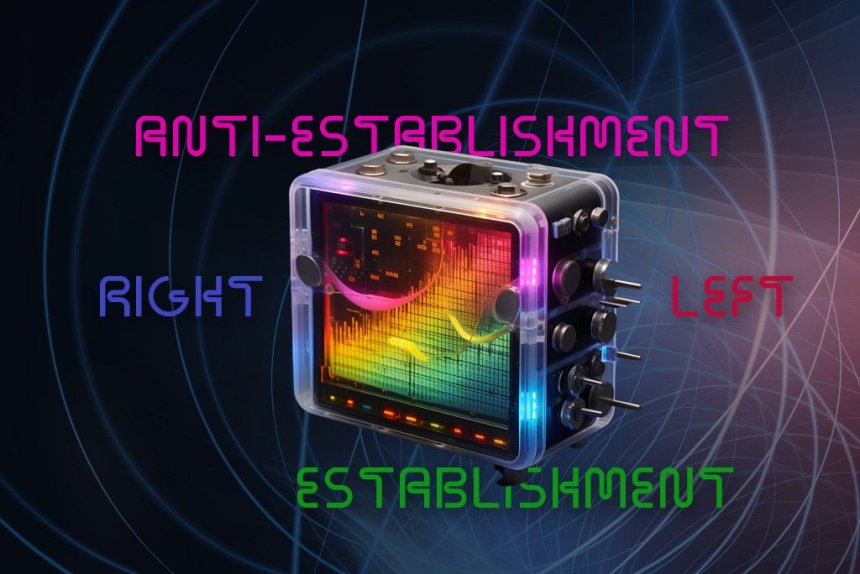












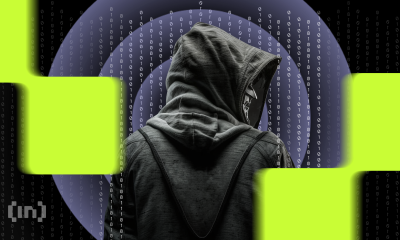


















✓ Share: